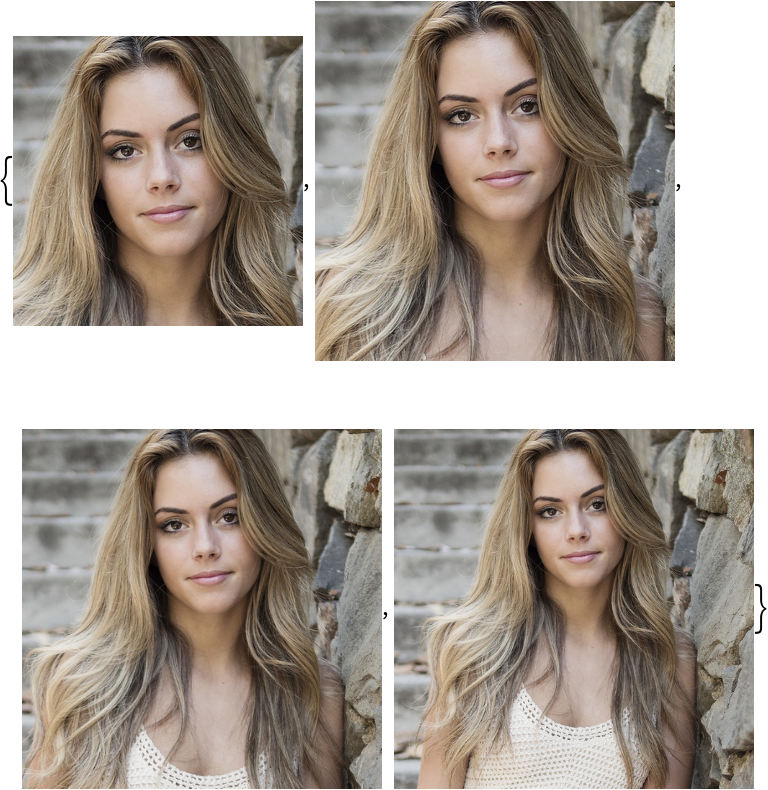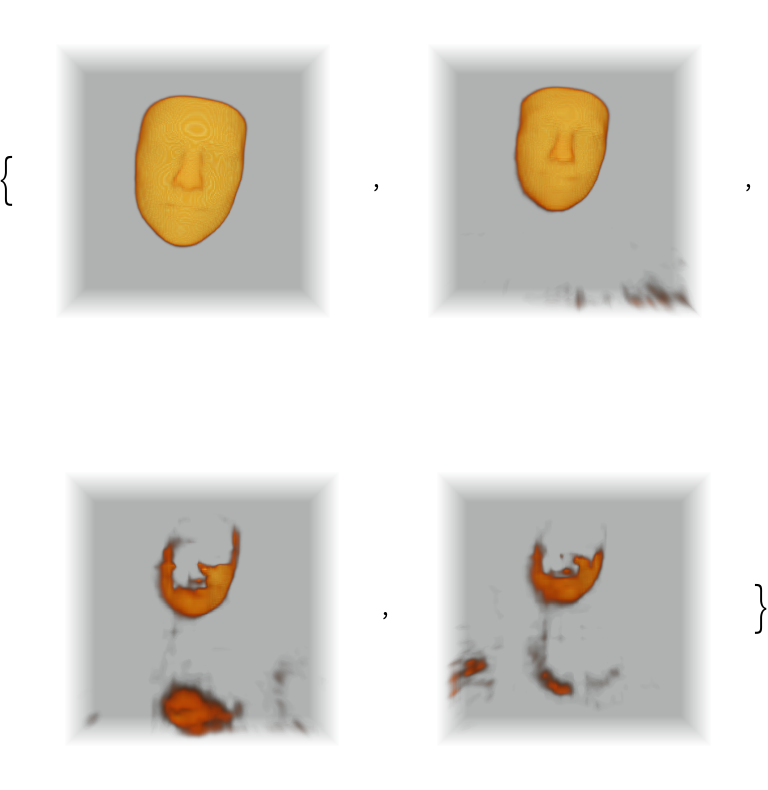Unguided Volumetric Regression Net for 3D Face Reconstruction
Released in 2017, this net tackles the problem of regressing a 3D facial model in an end-to-end fashion, bypassing many of the difficulties found in complex pipelines involving multiple stages. Starting from a single input image, the facial model is directly reconstructed as a three-dimensional array of pixel intensities. Its architecture is based on the "hourglass" design.
Number of layers: 1,029 |
Parameter count: 19,277,384 |
Trained size: 81 MB |
Examples
Resource retrieval
Get the pre-trained net:
Basic usage
Get the volumetric model of a facial image:
Visualize the volumetric representation:
Extract a 3D mesh:
Robustness to facial crop size
Get an image:
Crop the image at various sizes:
Inspect the Net performance across the crops:
Net information
Inspect the number of parameters of all arrays in the net:
Obtain the total number of parameters:
Obtain the layer type counts:
Display the summary graphic:
Export to MXNet
Export the net into a format that can be opened in MXNet:
Export also creates a net.params file containing parameters:
Get the size of the parameter file:
The size is similar to the byte count of the resource object:
Requirements
Wolfram Language
11.2
(September 2017)
or above
Resource History
Reference
-
A. S. Jackson, A. Bulat, V. Argyriou, G. Tzimiropoulos, "Large Pose 3D Face Reconstruction from a Single Image via Direct Volumetric CNN Regression," arXiv:1703.07834 (2017)
- Available from: https://github.com/AaronJackson/vrn
-
Rights:
MIT License
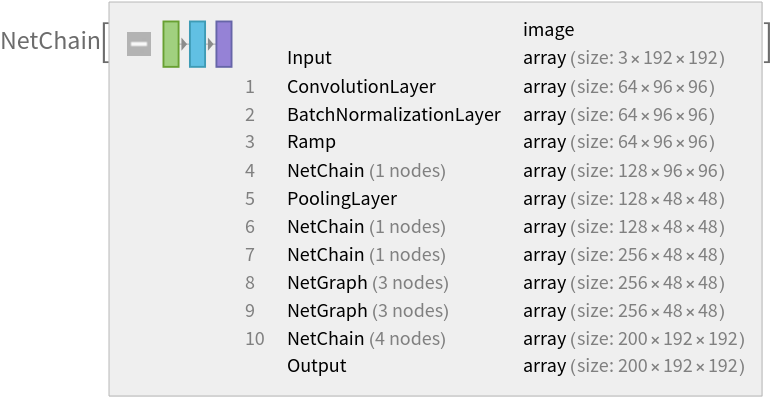
![(* Evaluate this cell to get the example input *) CloudGet["https://www.wolframcloud.com/obj/1417bdb8-5ffa-4108-8fd8-a6dd0015ca4c"]](https://www.wolframcloud.com/obj/resourcesystem/images/116/116a1d72-4e85-44fc-9311-fab20ea2ef73/2ab30fe69ae7c476.png)
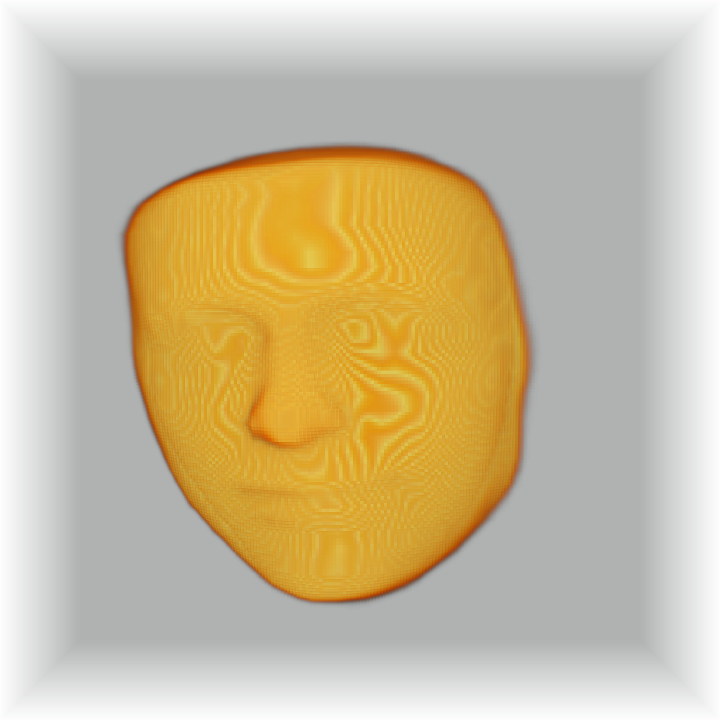
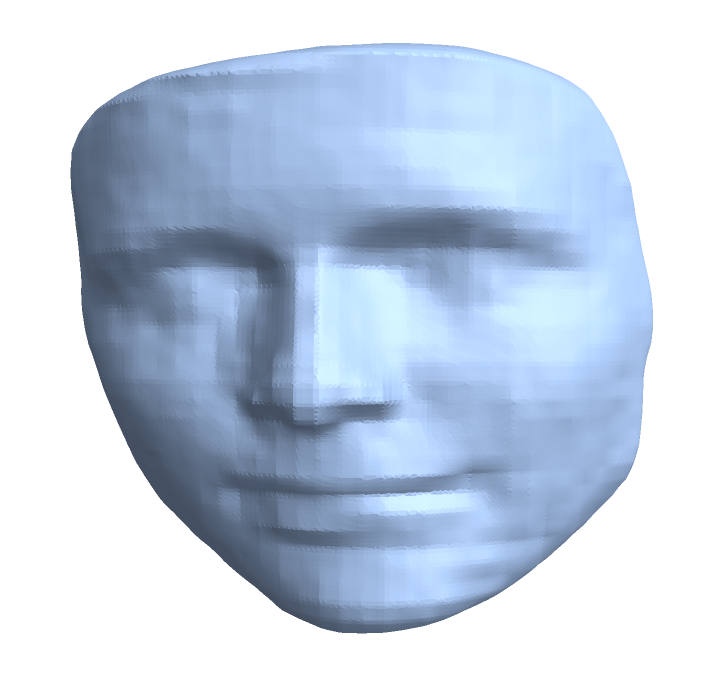
![(* Evaluate this cell to get the example input *) CloudGet["https://www.wolframcloud.com/obj/1fa90aed-0118-4b51-b1bd-e68d901e8e84"]](https://www.wolframcloud.com/obj/resourcesystem/images/116/116a1d72-4e85-44fc-9311-fab20ea2ef73/18d9d56afcb09f39.png)
